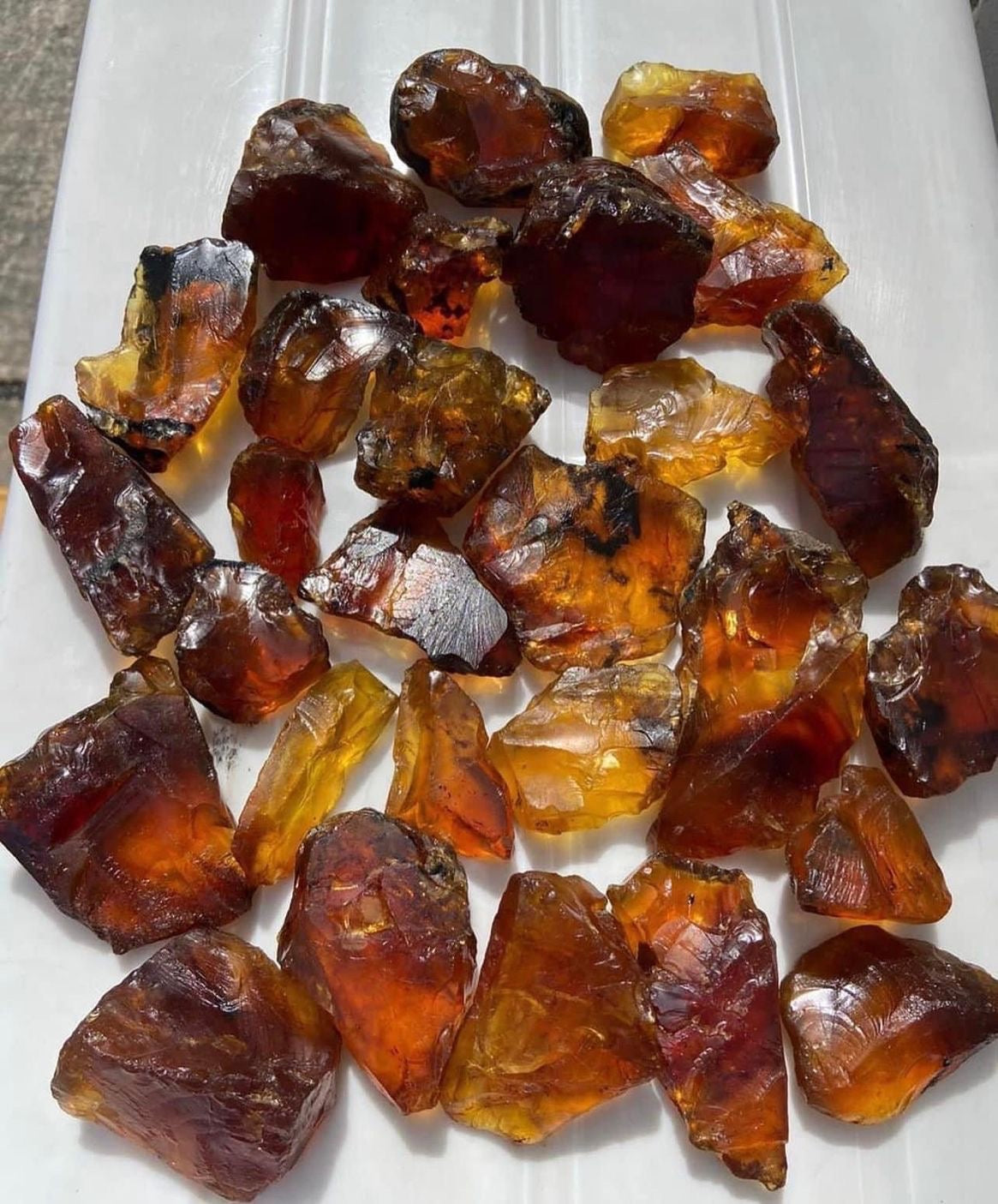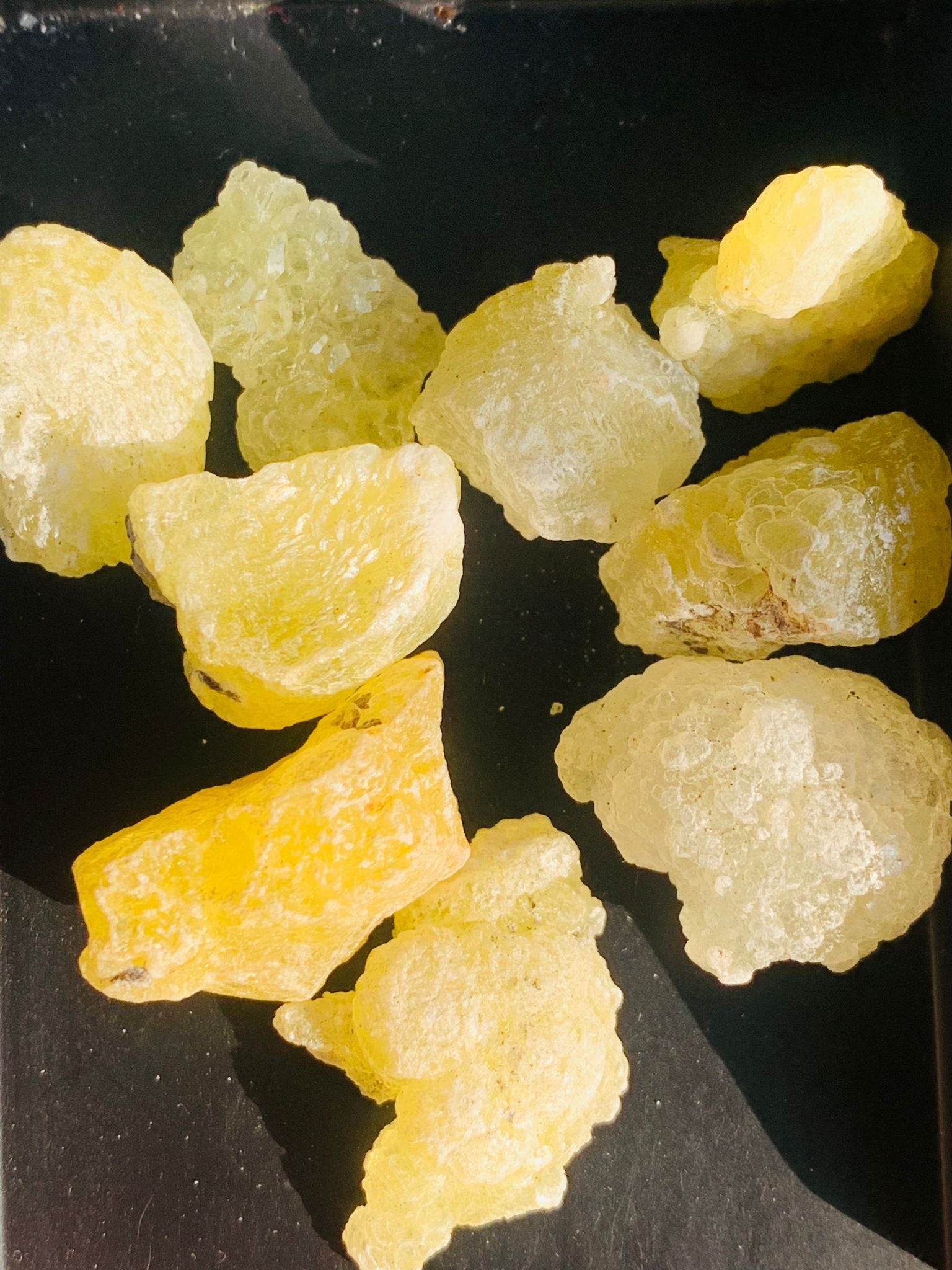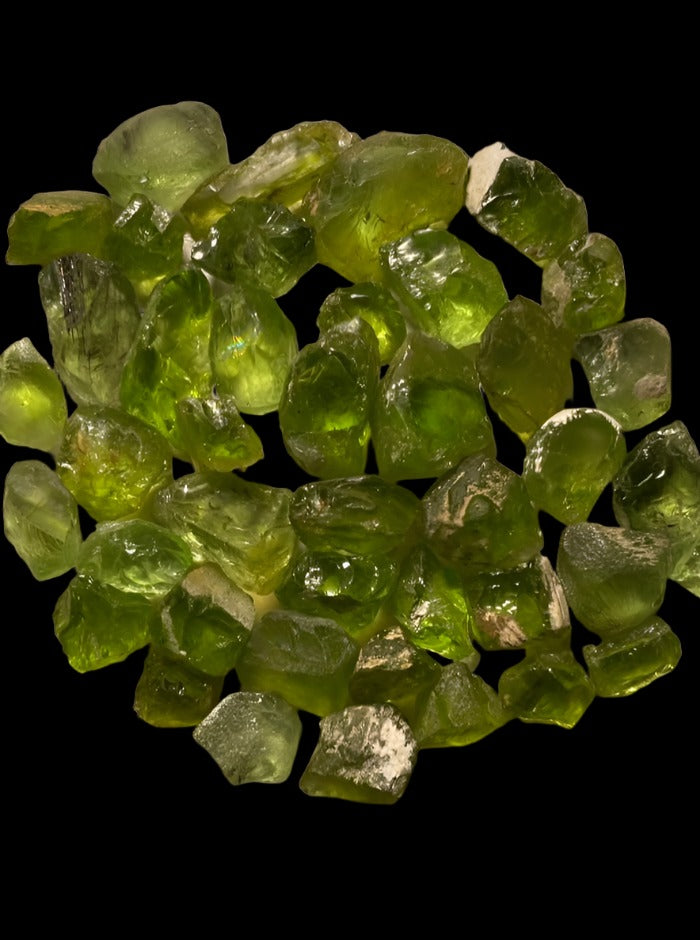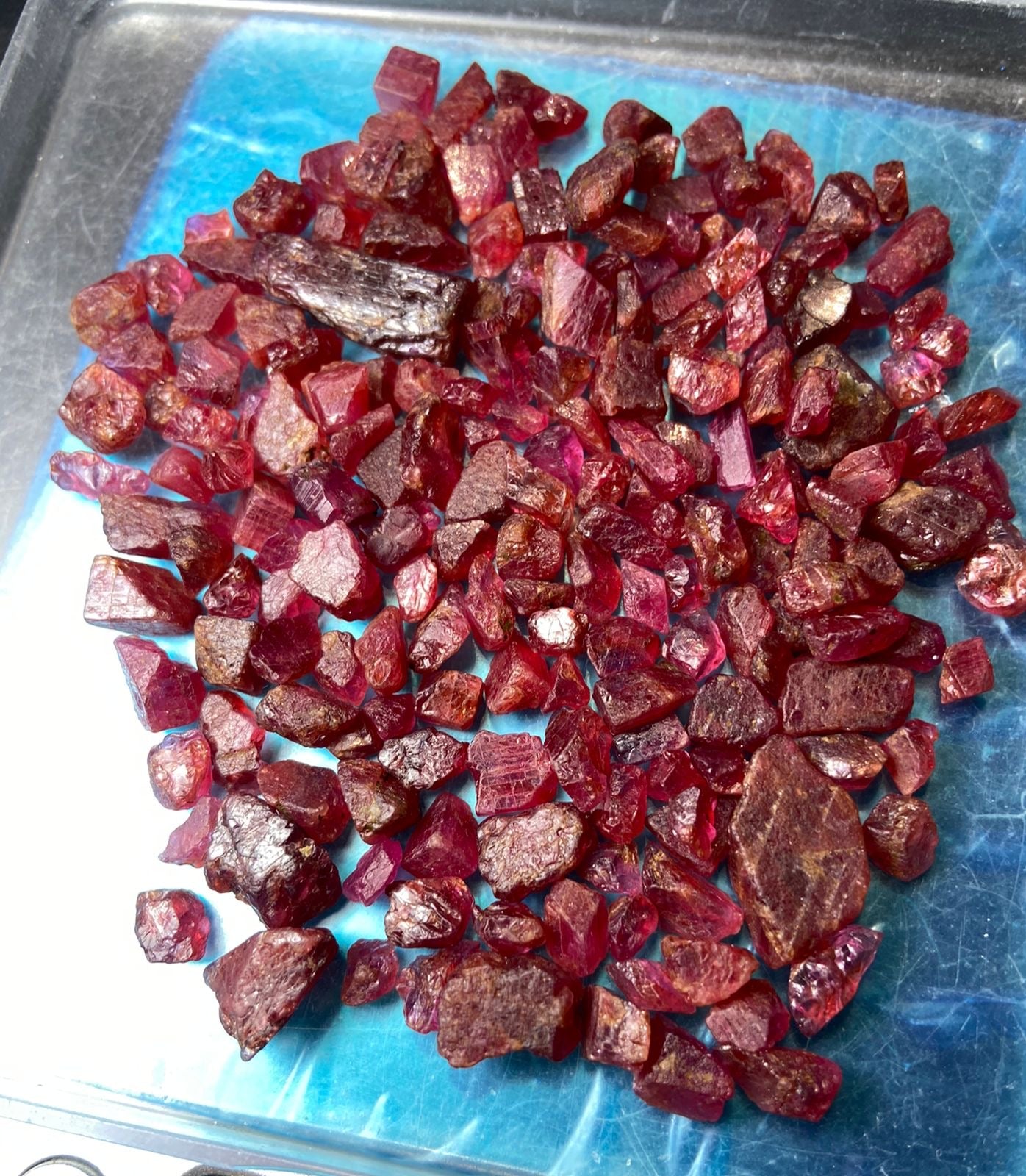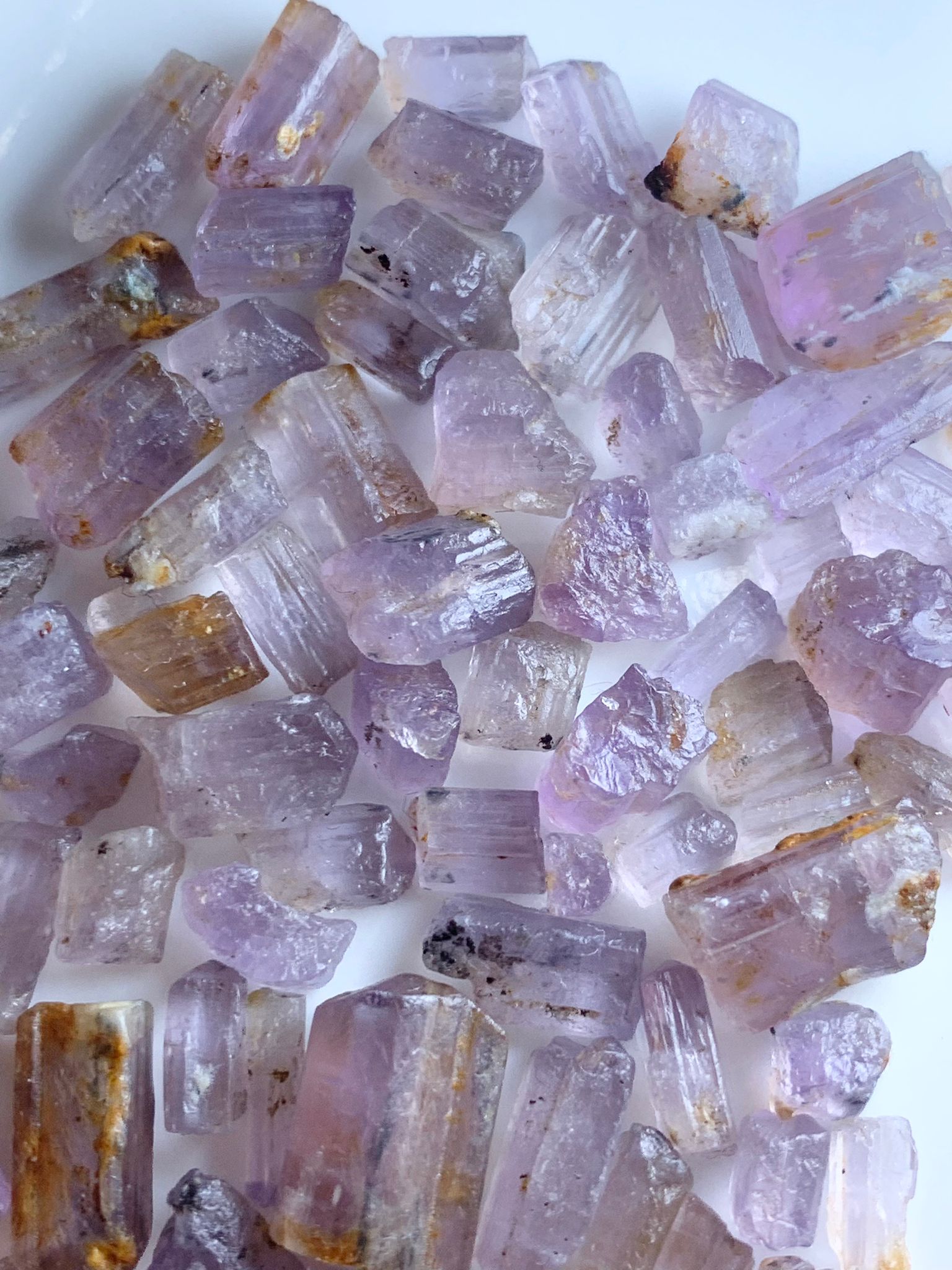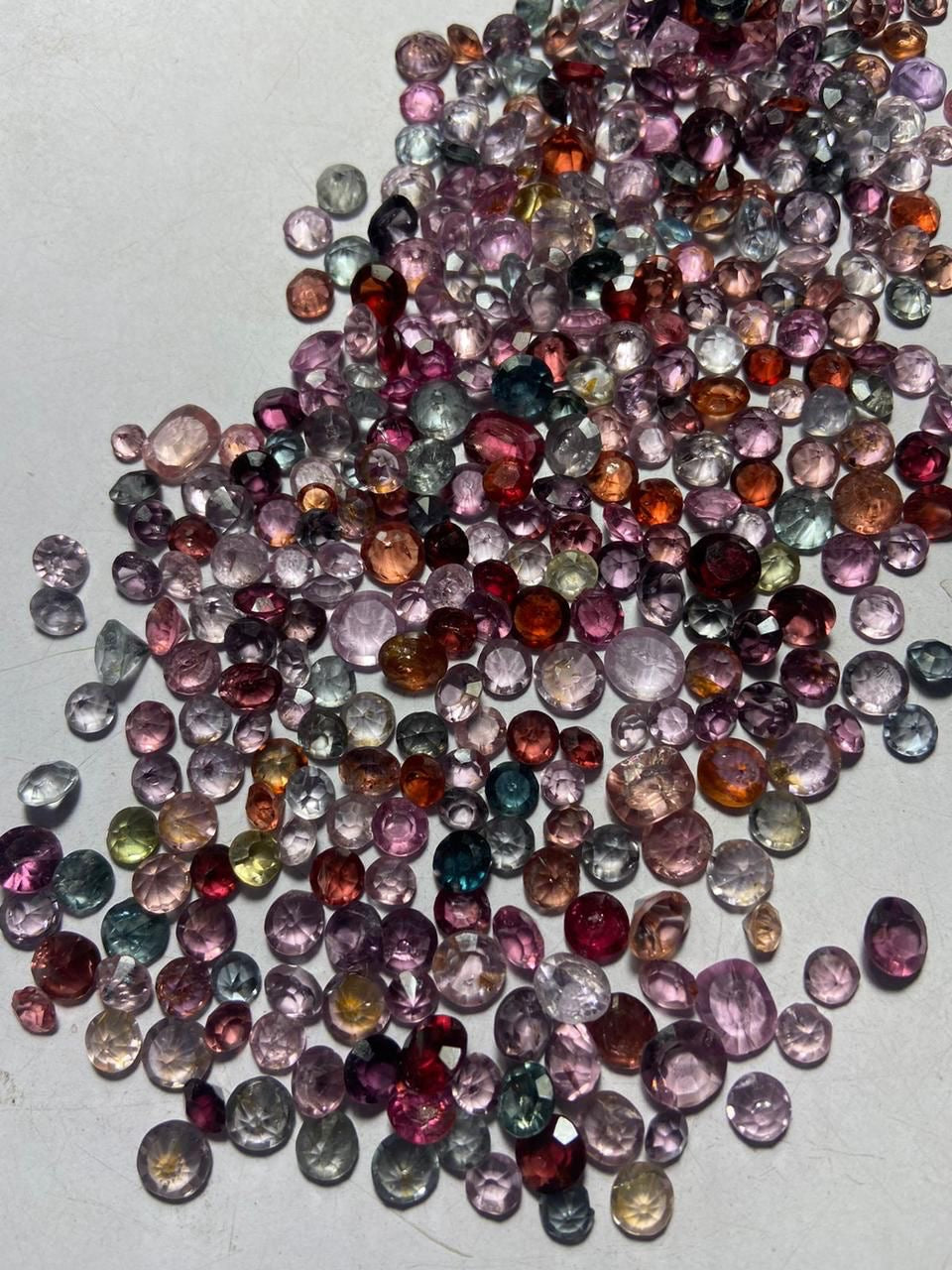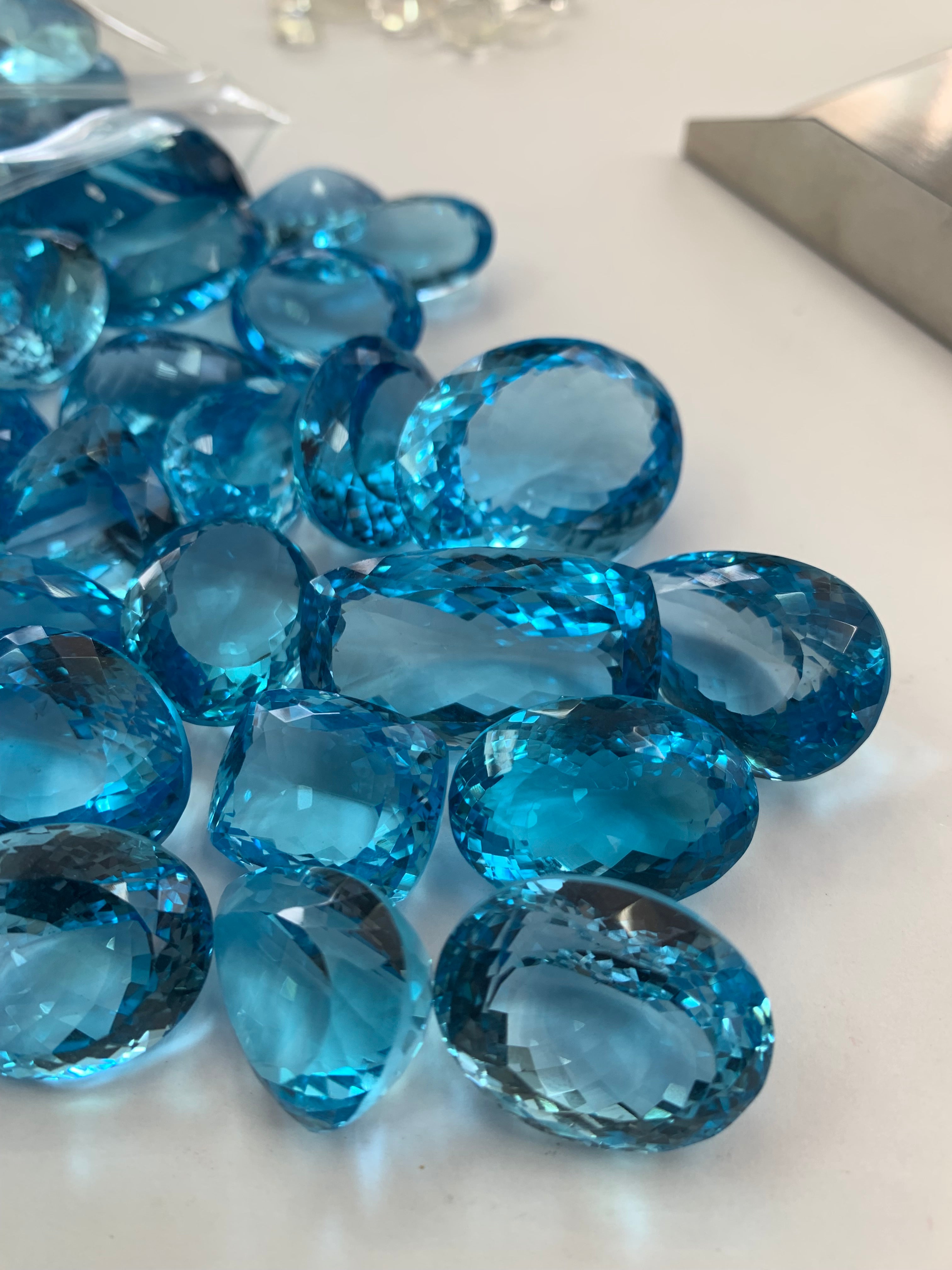Facts About Amber Stone: A Comprehensive Exploration of Composition, Testing, and Identification
Amber, is a fascinating gemstone known for its warm hues and timeless beauty, has captured the imagination of civilizations throughout history. This organic gemstone, formed from the fossilised resin of ancient trees, possesses unique characteristics that make it a prized possession for collectors, jewelry maker, and researchers alike.This comprehensive exploration aims to delve into the intricate details of amber, focusing on its composition, testing methods, and identification processes.
Composition of Amber
Amber is essentially fossilized tree resin, and its composition varies based on the types of trees from which it originates. Primarily composed of carbon, hydrogen, and oxygen, amber may also contain trace elements, succinic acid, and other organic compounds. The fossilization process involves the polymerization of resin, transforming it into a hardened, translucent substance over millions of years
One distinctive feature of amber is its lightweight nature. It has a specific gravity ranging from 1.05 to 1.10, making it buoyant in saltwater and often causing it to float when washed ashore. Additionally, amber is known for its electrostatic properties – when rubbed, it can develop an electric charge and attract lightweight particles.


Testing Methods for Amber
Spectroscopy:
Infrared spectroscopy is commonly employed to analyze the molecular structure of amber. This technique helps identify specific functional groups present in the gemstone, aiding in its classification and origin determination.
UV Light Examination:
Amber exhibits a unique fluorescence under ultraviolet (UV) light. This property, known as luminescence, varies among different types of amber. Baltic amber, for instance, often displays a characteristic blue glow under UV light, aiding in its differentiation from other varieties.

X-ray Computed Tomography (CT):
X-ray CT scans provide detailed images of amber's internal structure, revealing any inclusions or trapped organisms. This non-destructive method is invaluable for researchers studying ancient ecosystems preserved within amber.

Gas Chromatography-Mass Spectrometry (GC-MS):
GC-MS is utilized to analyze the volatile organic compounds present in amber. This technique assists in identifying specific chemical markers that can be linked to the resin's botanical source.
Density Measurement:
The density of amber can be measured to distinguish between genuine amber and imitations. This method relies on the fact that amber has a lower density than most imitative materials.
Thermogravimetric Analysis (TGA):
TGA is employed to study the thermal behavior of amber. By subjecting the gemstone to controlled temperature changes, researchers can observe weight loss patterns, helping to identify any impurities or synthetic additives.
Identification of Amber

Color and Transparency:
Amber comes in a range of colors, including yellow, orange, red, brown, and even green or blue. The stone's transparency is another key factor, with some varieties being more translucent than others. These visual characteristics aid in the initial identification of amber.
Inclusions:
Inclusions within amber, such as plant material, insects, or air bubbles, provide valuable clues about its origin and age. Each inclusion serves as a time capsule, offering insights into the ancient ecosystems and environmental conditions.
Hardness and Surface Characteristics:
Amber has a relatively low hardness compared to other gemstones, typically ranging from 2 to 2.5 on the Mohs scale. Scratching the surface with a fingernail is a simple test to assess its hardness. Additionally, genuine amber often develops a static charge when rubbed, a phenomenon that can be observed by attracting lightweight particles like dust.
Succinic Acid Content:
Authentic amber contains succinic acid, a compound that releases a distinct pine-like fragrance when heated. This olfactory test is often used to confirm the gemstone's organic nature.
Floatation Test:
The buoyancy of amber in saltwater is a classic test to distinguish it from imitations. Genuine amber tends to float, while many substitutes sink due to their higher density.
Varieties of Amber
Natural amber comes in various varieties, each distinguished by its origin, color, and unique characteristics. Here are five notable varieties of natural amber:
Baltic Amber:
Origin: Primarily found in the coastal regions of the Baltic Sea, including countries like Lithuania, Latvia, and Estonia.

Color: Ranges from warm, golden hues to deep cherry reds.
Characteristics: Known for its rich colors and high transparency, Baltic amber often contains well-preserved inclusions, such as insects, making it a favorite among collectors and researchers.
Sicilian Amber:
Origin: Found in Sicily, Italy.

Color: Exhibits a diverse range of colors, including yellow, red, and green.
Characteristics: Sicilian amber is valued for its unique visual appeal, with variations in color that contribute to its distinctiveness. It may contain interesting inclusions, adding to its allure.
Dominican Amber:
Origin: Harvested primarily from the Dominican Republic.

Color: Varies from pale yellow to dark brown.
Characteristics: Notable for its exceptional clarity, Dominican amber often contains a wide array of inclusions, providing valuable insights into the ancient Caribbean ecosystems. It is highly sought after by collectors and researchers alike.
Mexican Amber:
Origin: Found in southern Mexico, particularly in the Chiapas region.

Color: Ranges from pale yellow to reddish-brown.
Characteristics: Mexican amber is known for its striking transparency and diverse color palette. It may contain interesting inclusions and is valued for its aesthetic qualities. The Chiapas region, in particular, is recognized for its production of high-quality amber.
Burmite Amber:
Origin: Extracted from mines in Myanmar (Burma).

Color: Typically ranges from yellow-brown to dark brown.
Characteristics:
Burmite amber is particularly significant for its age, with some specimens dating back as far as the Cretaceous period. It often contains well-preserved ancient insects and other organisms, providing a glimpse into prehistoric life.
Each variety of natural amber has its own unique charm, contributing to the diverse world of this ancient gemstone. Collectors and enthusiasts value these varieties not only for their aesthetic appeal but also for the scientific insights they offer through the study of inclusions and the geological history encapsulated within each piece.
Conclusion:


In conclusion, amber stands as a testament to the Earth's ancient history, encapsulated in a gemstone that has enthralled humanity for centuries. Its composition, testing methods, and identification processes are vital aspects that contribute to its value, both as a cherished piece of jewelry and a scientific artifact. As technology advances, the exploration of amber continues, unveiling new insights into the past and expanding our appreciation for this unique and captivating gemstone. Whether appreciated for its beauty or examined for scientific discovery, amber remains a timeless gem that bridges the gap between the ancient and the modern world.






